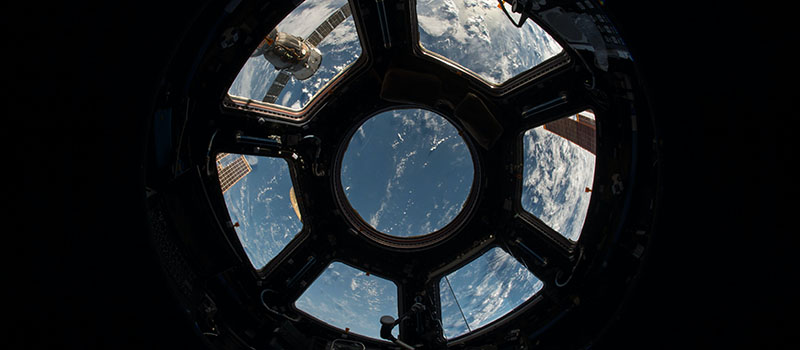Kubernetes is going to space.
DoD needs a way to transform its satellite fleet to make it easier to maintain and update, and to adapt as requirements change. As part of an initiative called Satellite One, the military is looking at how DevSecOps and Kubernetes could enable the rapid delivery of software updates in space, paving the way for the use of artificial intelligence (AI) and machine learning (ML) applications.
Satellite One is leveraging Platform One’s continuous integration/continuous delivery pipeline alongside Kubernetes provisioning and deployment. The challenge is finding a solution that can work in such austere conditions. There are two big problems, among others:
- Space-ready hardware is costly, so DoD needs software that doesn’t need a lot of compute power.
- On-orbit satellite software updates are often not possible or are incredibly time-consuming due to poor connectivity.
As a result, DoD’s satellite fleets have not been able to take advantage of recent advances in AI/ML that have the potential to dramatically improve the processing of satellite imagery.
That’s where SUSE RGS’s K3s comes in. K3s was designed as a lightweight, compact version of Kubernetes that could run in remote, low-power, hostile environments. SUSE RGS is now working with Hypergiant Industries, which specializes in AIbased solutions, and the Platform One team to test the use of K3s on satellites.
“Just because the cloud exists does not mean that government agencies are built to modernize and take advantage of innate opportunities that cloud provides,” said Brandon Gulla, Vice President and Chief Technology Officer at SUSE RGS, an IT company that provides secure distributions of critical, open-source, cloud-native technology to the federal government.
SUSE RGS delivers multi-cloud and hybrid cloud capability that unifies the entire cloud experience. A single fabric allows agencies to access multiple clouds and services across the entire ecosystem.
“There isn’t another version of Kubernetes that can meet our use case. K3s has allowed us to build infrastructure suitable for use in space without the need to create our edge distribution,” said Bren Briggs, Director of DevOps and Cybersecurity at Hypergiant.
This article is an excerpt from GovLoop’s recent report, “Unlocking Digital Transformation Through Cloud-Native Applications.” Download the full report here.





Leave a Reply
You must be logged in to post a comment.